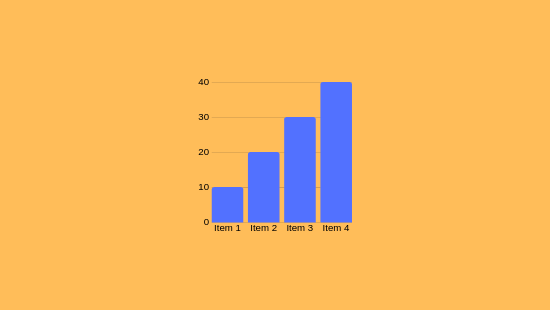Forex Indicators: Operational Mechanics
Forex Indicators: Operational Mechanics
Blog Article

As you explore forex measurements, you'll understand they're mathematical tools that scrutinize market numbers to predict market behaviors. These indicators aid in signaling trends, validating signals, and detecting overbought or oversold scenarios. For instance, the RSI gauges momentum, while Bollinger Bands measure variability. Enhancing your trade techniques by combining these indicators is essential, especially if aiming to control risks adeptly.
Grasping the Core of Forex Indicators
Forex measurement tools are mathematical aids integrated in graphs to assist traders in analyzing market trends and executing calculated trades. They offer insights into price changes and market possibilities by processing historical and real-time data.
Forex indicators are divided into four primary groups: trend indicators (e.g., Moving Averages), momentum indicators (e.g., Relative Strength Index), volatility indicators (e.g., Bollinger Bands), and volume indicators.
These instruments can indicate market turns, confirm trends, or highlight overbought/oversold climates. If you're looking to enhance your methodologies, understanding these indicators is fundamental.
Types of Forex Indicators
Upon evaluating market trends, investors often deploy a variety of indicators to aid in decision-making.
Forex indicators can be grouped into different types, each serving specific purposes.
Trend Indicators like Moving Averages (MA) and Bollinger Bands aid in uncovering movement patterns and possible price surges.
Momentum Indicators, such as the Moving Average Convergence/Divergence (MACD) and Relative Strength Index (RSI), recognize shifts in price momentum and highlight overbought or oversold conditions.
Volatility Indicators like the Average True Range (ATR) quantify market variability, assisting investors in setting stop-loss thresholds.
When applied wisely, these tools can enhance trade outcomes.
Key Indicators for Trading Decisions
To effectively make trading decisions, grasping and utilizing key indicators that analyze market conditions is essential.
Price Movements (MA) track mean trade values over determined timeframes, unveiling tendencies by evening out variations.
The RSI measures momentum on a 0–100 scale, flagging overbought conditions above 70 and signaling oversold scenarios below 30.
Moving Average Convergence Divergence compares two EMAs to validate directional trends, with graphical representations displaying positive or negative trajectories.
Bollinger Bands apply standard deviations around a moving average to assess fluctuation and potential reversals.
Retracement intervals denote support/resistance zones based on prior price movements.
Combining these measures enhances precision by verifying signals if congruent, facilitating precise timing for currency matchups.
Employing Indicators in Risk Oversight
As you fine-tune investment methods, effectively applying indicators for risk control is crucial. Tools like Moving Averages and Bollinger Bands notice volatility and spot viable trade junctures for risk oversight.
These tools allow for exact stop-loss orders and limit orders, critical for limiting possible losses.
For example, applying stop-loss orders restricts your loss to a certain visit site amount, such as 2% of your trading capital per trade. This disciplined tactic aids in managing forex risks by curtailing exposure to fluctuations and leverage, which are notable risks in forex trading.
Combining Indicators for Enhanced Accuracy
Combining indicators is a sophisticated strategy for elevating accuracy in forex trading. This approach allows for the use of diverse instruments to evaluate several aspects of market dynamics, including trends, drive, and volatility.
By implementing indicators like Price Averages, RSI, and MACD, you can formulate formidable trading strategies. Instance given, combining Moving Averages with RSI and Volume validates trend direction and momentum, while Bollinger Bands with Stochastic assess fluctuation and anticipate reversals.
If diverse measurement tools align, redundancies are minimized, and investment prompts are intensified.
Conclusion
You now grasp how forex indicators function, encompassing their types like trend, momentum, and volatility indicators. These instruments assist in spotting potential reversals and validating ongoing trends. By integrating indicators, investment accuracy is enhanced, and risk oversight is conducted more adeptly. As an example, using the Relative Strength Index (RSI) to highlight buying peaks and Bollinger Bands to analyze fluctuation can refine your trade choices. Report this page